Earlier today, the union cabinet approved the long pending New Education Policy which will focus on systemic reforms and outcome based education model.
I wholeheartedly welcome the approval of the National Education Policy 2020! This was a long due and much awaited reform in the education sector, which will transform millions of lives in the times to come! #NewEducationPolicyhttps://t.co/N3PXpeuesG
— Narendra Modi (@narendramodi) July 29, 2020
The policy overhaul has come after over three decades when the last changes in the Education Policy of India were made. Here are some key takeaways.
1. More focus on regional languages.
Either the mother tongue or regional language will be the medium of instruction till class 5 (preferably till class 8) for all schools.
2. Mainstreaming of Sanskrit.
The policy aims to mainstream Sanskrit by including it as one of the language options in the three-language formula in schools as well as higher education.
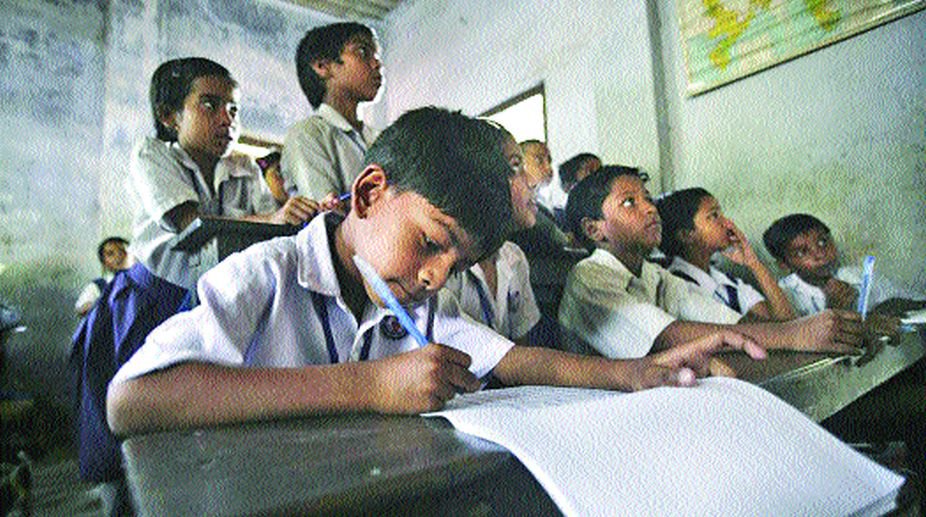
3. 10+2 structure of schooling to be changed.
The present 10+2 structure will be replaced with 5+3+3+4. This includes 12 years of schooling and three of anganwadi or pre-school.
It has further been categorised into – a foundational stage (ages 3 to 8 ), three years of pre-primary (ages 8-11), a preparatory stage (ages 11-14) and a secondary stage (ages 14-18).
4. Change in assessment of students.
Bringing about a crucial change in the examination pattern, school students will sit only for three exams – at Classes 3, 5 and 8 and not every year. Assessment in other years will shift to parameters like analytical skills, critical thinking and conceptual clarity.
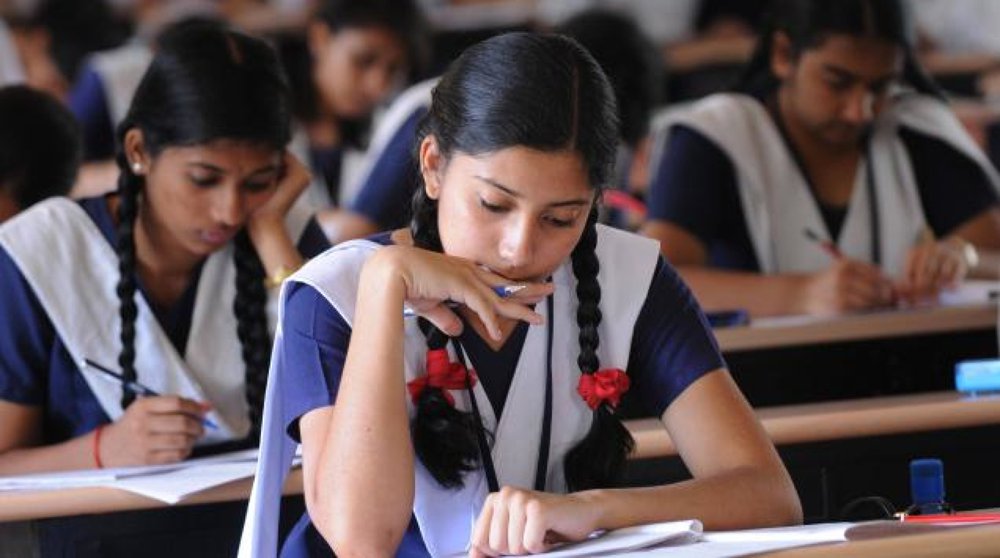
5. Board exams will focus on holistic development.
Board exams will continue to be held for Classes 10 and 12 but they will be re-designed to ensure holistic development of children.
The exam will be conducted in two parts: Objective and Descriptive. It has also been proposed that the exam can be conducted twice a year in order to promote knowledge application rather than rote learning.
6. Students will be given flexible choices to choose subjects across streams, till PhD level.
In a bid to reduce the load on students, there will be no rigid separation between arts and sciences, between curricular and extra-curricular activities and between vocational and academic streams.
From schools to undergraduate, postgraduate and PhD level, everything will be mulitdisciplinary.
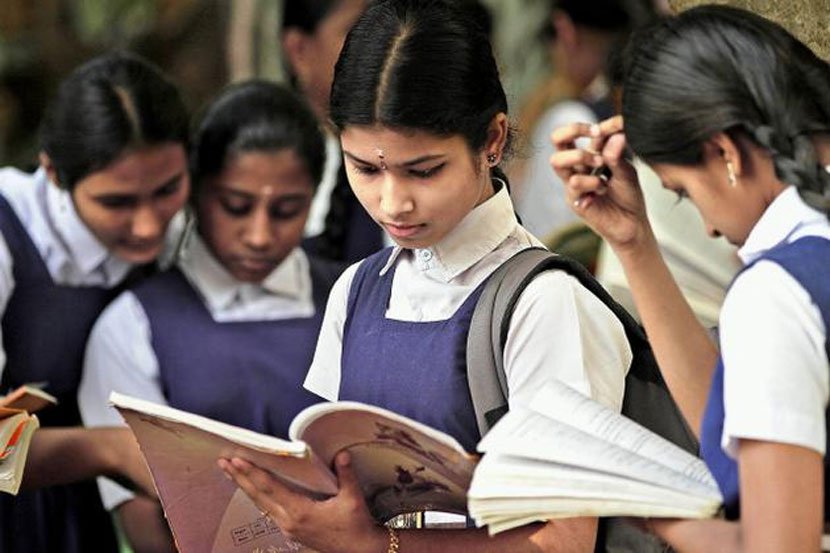
7. Increased importance to be given to arts.
Giving an impetus to traditional arts, the policy also suggests hiring of outstanding local artists, writers, craftsmen, and other experts as master instructors into the curriculum, across humanities, sciences, arts, crafts, and sports etc.
8. Adult education.
Schools/school complexes and public library spaces will be used for adult education courses beyond school hours.
9. Vocational training to be imparted even in schools.
Every child will be encouraged to learn at least one vocational skill during school.
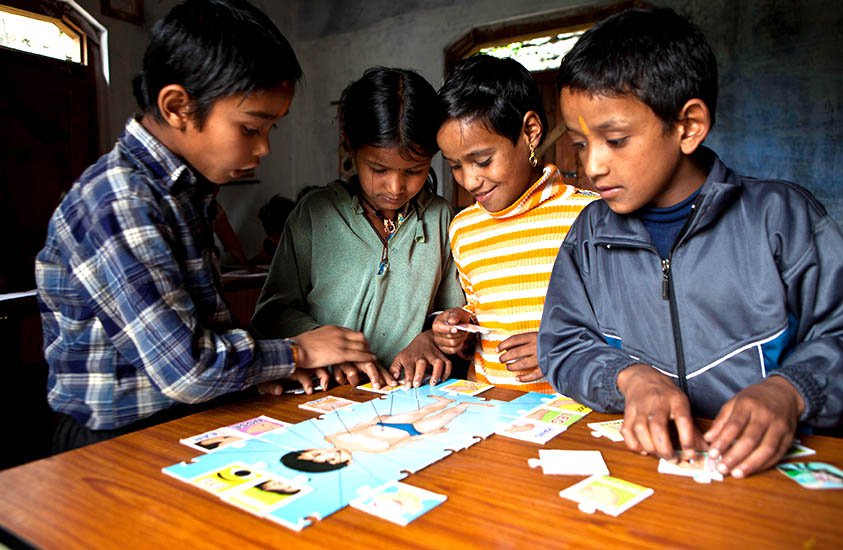
10. Impetus to digital learning.
A dedicated unit for the purpose of building digital infrastructure and digital content will be created in the MHRD to look after the online education needs of both schools and higher education.
11. Common regulatory body for entire higher education system.
Higher Education Commission of India (HECI) will be set up as a single overarching umbrella body the for entire higher education, excluding medical and legal education.
This means that multiple higher education regulators like the University Grants Commission, All Indian Council of Technical Education and National Council of Teacher Education will be merged into one.
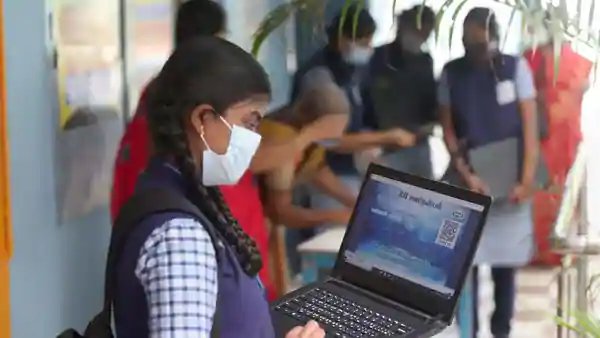
12. Inclusion of specially-abled children in the schooling process.
Children with disabilities will be enabled to fully participate in the regular schooling process from the foundational stage to higher education, with support of educators, accommodations, assistive devices and appropriate technology-based tools.
13. Budget earmarked for education sector to be increased.
In a huge overhaul, education sector will now get 6% of total GDP as compared to 1.7% previously.
14. Bagless days to be encouraged in schools.
Bagless days will be encouraged in schools throughout the year for various types of enrichment activities involving arts, quizzes, sports, and vocational crafts.
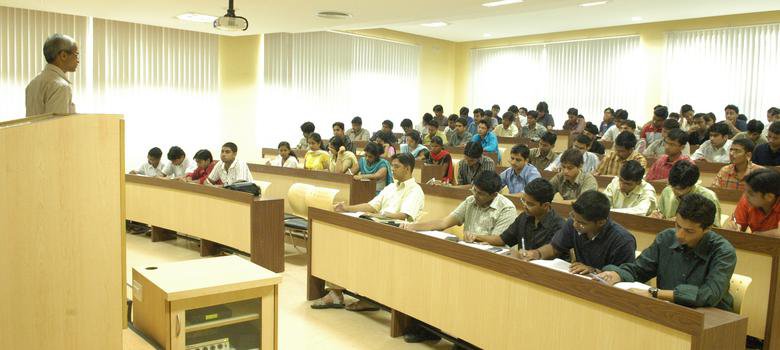
15. Common entrance exams for university admissions.
The National Testing Agency (NTA) will offer a high-quality common aptitude test, as well as specialized common subject exams in the sciences, humanities, languages, arts, and vocational subjects, at least twice every year for university entrance exams.
16. School report card to not just focus on marks.
Students will get 360 degree holistic report card, which will not only include their marks, but also their skills.
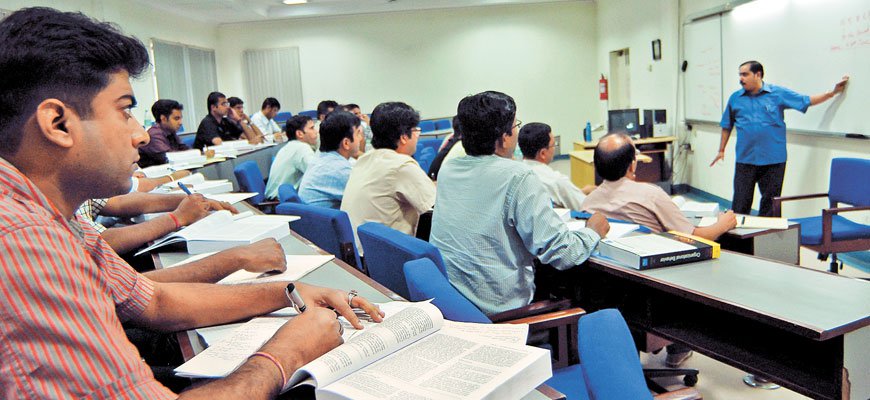
17. Internships and coding from class 6 onwards.
Students of class 6 and onwards will be taught coding in schools. They will also be encouraged to take up internships to groom their vocational skills.
18. Multiple entry and exit options for higher education.
There will be multiple entry and exit options for those who wish to leave the course in the middle.
A multi-disciplinary bachelor’s degree will be awarded after completing four years of study. Students exiting after two years will get a diploma and those leaving after 12 months will have studied a vocational/professional course.
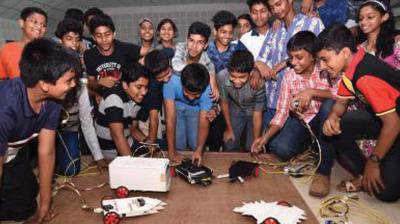
19. Concept of Academic Credit Bank has been introduced.
Those who leave their education in middle, their credits will be transferred to Academic Bank of Credits. This will enable working professionals, to come back and pursue their education from where they left.
20. Right to Education extended.
Right to education has been extended to cover all children between 3 and 18 years of age.
As per government, NEP 2020 aims to bring two crore out-of-school children back into the mainstream.

















